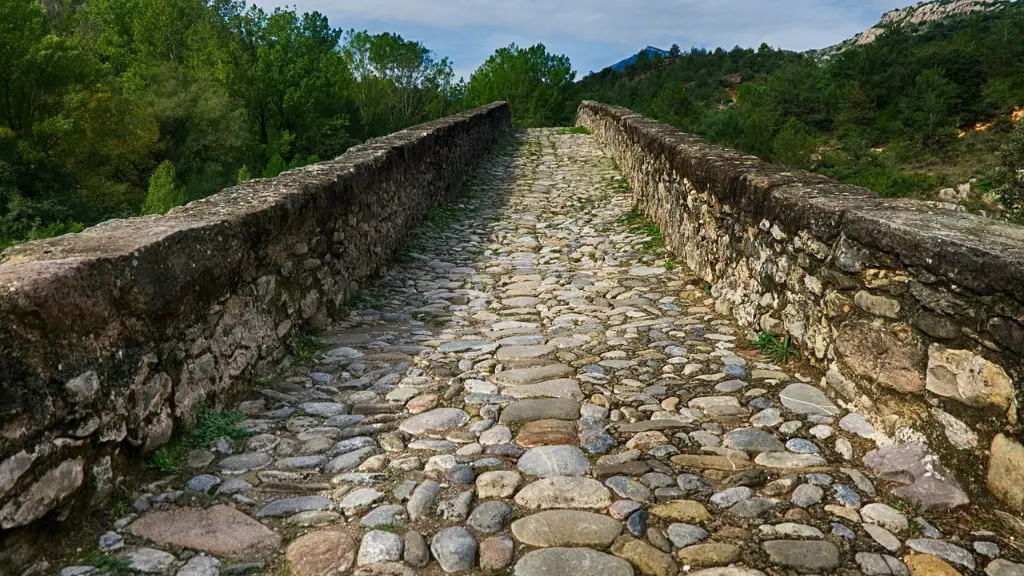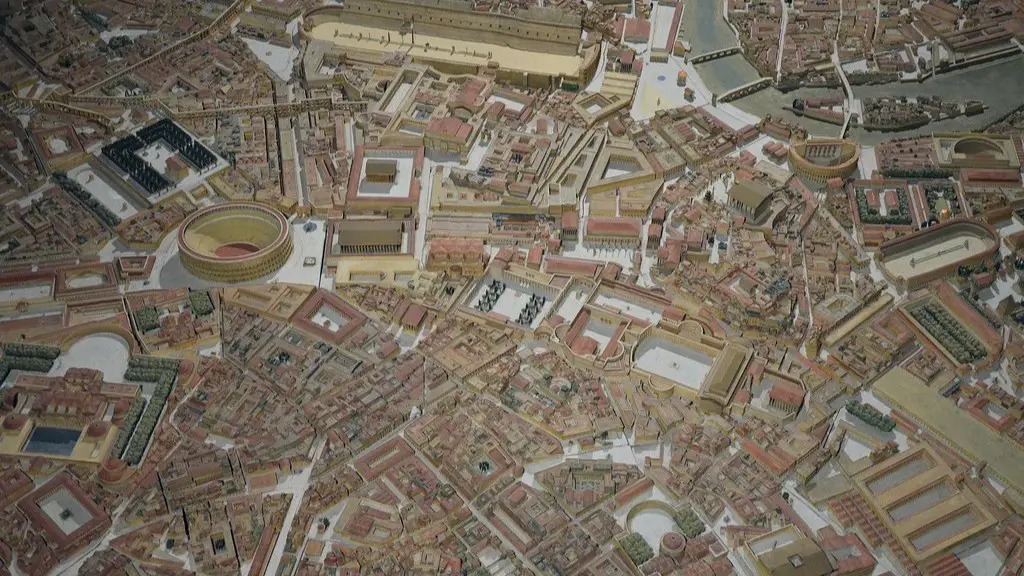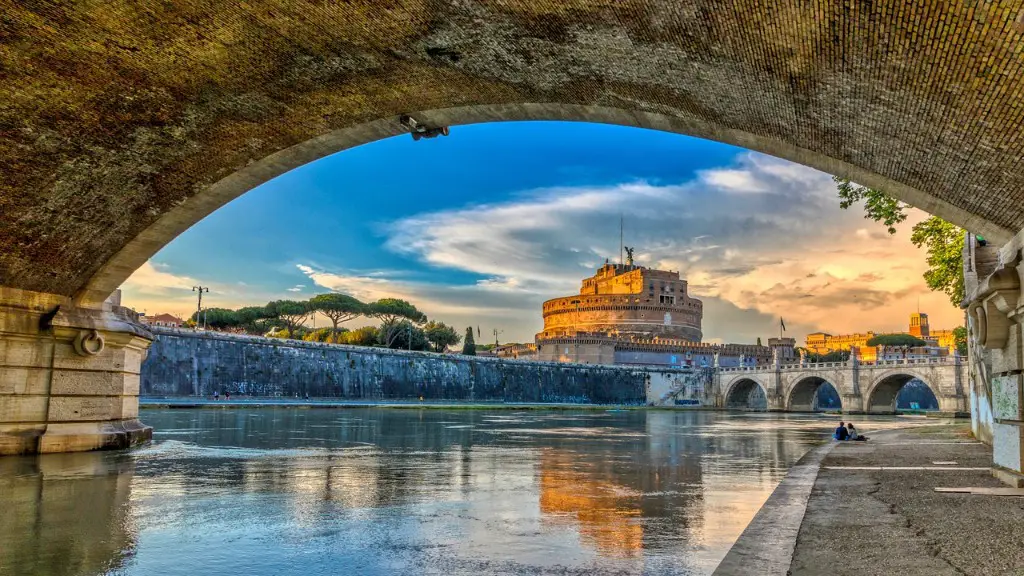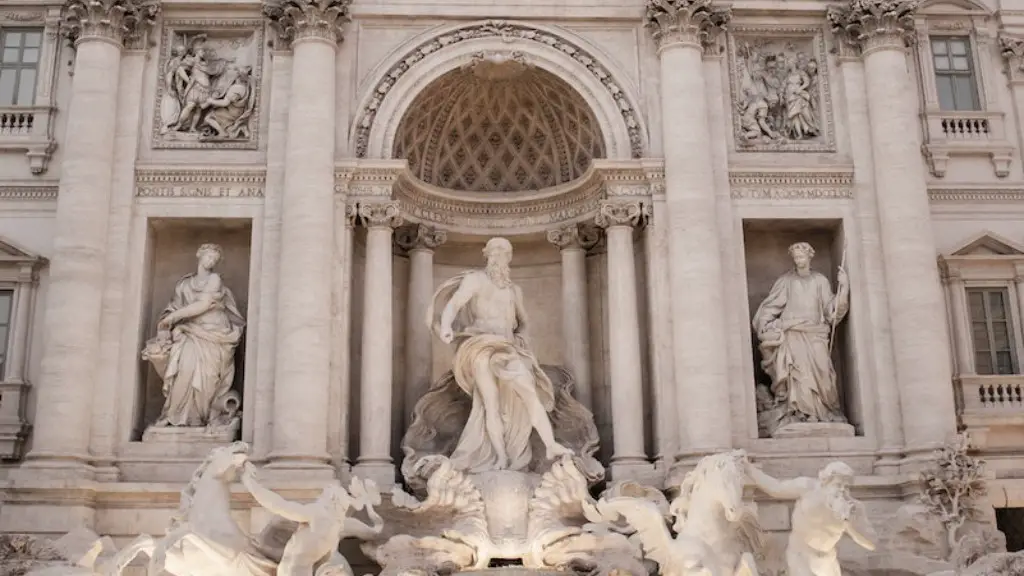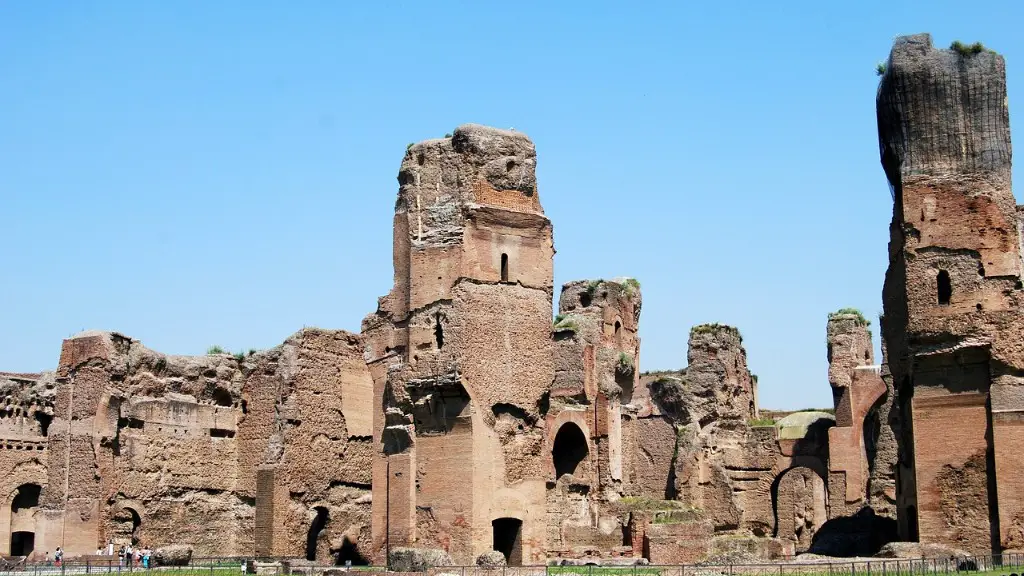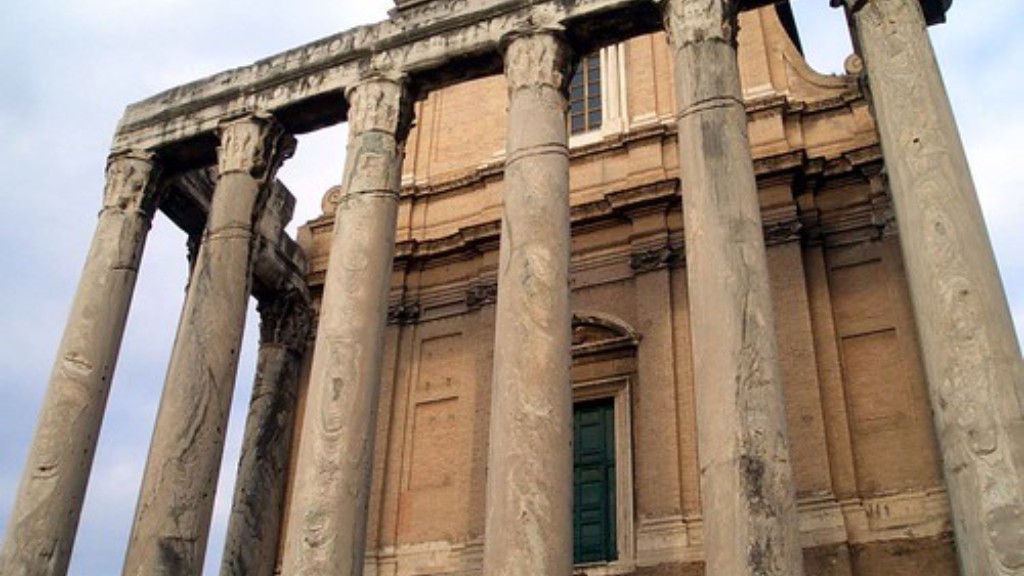Daily Life in Ancient Rome
Life in ancient Rome revolved around the city of Rome, located on seven hills along the Tiber River. At its peak, the Roman Empire boasted an impressive 50 million inhabitants. As such, daily life during this influential period of history was colorful, vibrant and full of customs and routines.
In ancient Rome, the day began with dawn, followed by the morning meal taken around 8am. This meal, known as “ientaculum”, was a light breakfast eaten in the bedroom. After this, it was off to work for most of the employed class, who for the most part, earned their living through manual labor.
There were lots of businesses and enterprises to choose from. Many of the ancient Roman crafts included pottery making, net making, and the production of vases and cups, among other items. For the wealthy class, work was seen as somewhat of a leisure activity.
Public baths were a popular indulgence among rich and poor alike during the Roman Empire. The first public baths opened in the mid-second century B.C.E. The Romans were well aware of the health benefits that baths afforded, and so public baths were constructed throughout the Roman Empire. People from all classes were welcome to enjoy the baths and often socialized, exercised or played games together in a communal setting.
Amusement and entertainment were also particularly important during ancient Roman life. Plays and other types of performances were held at the Colosseum and the Circus Maximus, two of the most famous and well-attended public venues. People gathered to watch heroic and gladiatorial combat, chariot races and wild animal fights. Theater was also popular, with plays performed in a variety of venues, from the large theaters to smaller streetside theaters.
By the mid-second century C.E. the Romans started to celebrate birthdays, adding a festive element to everyday life. Celebrations also took place to honor the gods and goddesses. During the festival of Saturnalia, people gave presents to one another, feasted and paid homage to the God Saturn. Holidays such as the Lupercalia were celebrated with wild revelry and partying.
At night, some gathered around in the Forum or other public places to discuss and debate. Others, usually of the poorer class, returned to cramped quarters for a restless sleep.
Clothing and Fashion in Ancient Rome
Clothing in ancient Rome has proven to be an interesting aspect of their era. Both genders could easily access clothes that are comfortable to wear. During the summer and warmer seasons, the citizens of Rome normally wore light-colored clothing made from fabric such as linen and wool. For festivals or special occasions, their garments were usually white and include either a tunic or a toga for men, and a stola for women.
For the cooler seasons, the choice of fabric was thicker to offer more insulation, such as animal skins, fur, wool and other natural materials. In general, the clothing of the Roman upper classes was more elaborate, with more expensive materials, intricate embroidery, and other decorations. For the ordinary citizens, clothing was simpler and plainer.
Jewelry was of great importance to the ancient Romans. Jewelry was seen both as a sign of wealth and good taste, as well as being a symbol of love, family, and friendships. Typical necklaces, earrings, and bracelets were made of gold, silver, and bronze, most inlaid with semi-precious stones. Rings were also a popular accessory, and their design varied greatly depending on who was wearing them.
Hair and hairstyle was an important feature of ancient Roman fashion. For men, a more traditional look was favored, with a shaved head and neatly cropped facial hair. Women’s hairstyles tended to be more elaborate, with various updos, intricate braids, and even hair dye.
Diet and Nutrition in Ancient Rome
Daily life in Ancient Rome was heavily based on the dietary habits of its citizens. Rome boasted a culinary scene filled with variety, owing to its geographical position and trading connections.
The most common grains used were wheat, millet, barley and oats. The most popular legumes were chickpeas, lentils, broad beans, peas and fava beans. Beans, lentils and vegetables were often combined together to form a type of stew. Meat was not an everyday item on the menu because it had to be purchased from the local butcher. However, fish was frequently consumed as it was more affordable than meat.
Spices were also a major part of the Roman diet. They used a variety of spices to season the food, such as cinnamon, saffron, cumin, pepper and ginger. The most commonly used condiments were olive oil, vinegar, and honey.
Roman cuisine also included salads made from various types of lettuce, with the most popular being the misticanza, which was a combination of endive, chicory and romaine lettuce. Different types of cheese were also consumed, such as ricotta and pecorino.
Romans enjoyed a variety of fruits, including apricots, apples, pears, dates, figs and grapes. They also drank two kinds of wine. The most common was unblended, undiluted wine made from grapes grown in the volcanic soil around Rome. The second type was blended and flavored with spices.
Education and Learning in Ancient Rome
In Ancient Rome, education was very important, and Roman citizens placed high value on knowledge. Most boys received some form of education, although girls received less formal education. The wealthy class provided their sons with the best education, with some even enrolling in prestigious universities.
Schools focused mainly on reading, writing, and arithmetic. In addition to learning basic language and maths, wealthier students would also learn Greek, Latin and geometry. Slaves were expected to perform certain tasks in the home and they received instruction in the arts of housekeeping, cooking, and gardening.
Ancient Roman education did not always take place in a formal school setting. It was common for students to learn from a tutor, who was usually a former slave or a professional teacher. The traditional Roman education usually took place in the teacher or tutor’s home, where students of similar ages were grouped together.
For students of the upper classes, a teacher was hired to accompany a group of students to the public bath, where some informal education took place. During these trips, the teacher would usually recite poems, discuss Greek and Roman history or other subjects, and even ask the students to analyze passages of literature that they had read.
Private schools, or the ludus, were primarily reserved for the wealthy citizens. These schools had all the necessities needed to teach, such as a library with a selection of manuscripts, maps and tools, and outdoor areas for games, physical education and outdoor activities. Most importantly, they would hire professional teachers to provide the best education possible.
The Role of Religion in Ancient Rome
Religion and mythology have always been intertwined in Roman culture. Ancient Romans believed in various gods and goddesses and held them in high regard. Religion was a major part of daily life in Ancient Rome and the gods and goddesses were an integral part of both private and public life.
The state religion of Rome was polytheistic and included numerous gods and goddesses. The pantheon of Roman gods included Jupiter (the god of the sky), Juno (the goddess of women and marriage), and Minerva (the goddess of wisdom). The most senior deity was the goddess Vesta, the goddess of the hearth, whom the Romans believed to have founded the city of Rome itself.
Religious festivals were an important part of ancient Roman life, and special temples and religious symbols were built to honor them. The most important of these festivals were the Lupercalia, the Saturnalia and the Vestalia, which were all celebrated with great pomp and circumstance.
Religious beliefs were also important in politics. Political decisions were not made without consulting the gods, and omens and prophecies were an important part of the decision-making process. This meant that the gods had direct influence over how politics were conducted in ancient Rome.
The Influence of Ancient Rome on Modern Society
The legacy of ancient Rome is still felt today. It is fair to say that many modern languages, philosophies, cultural traditions, art forms, culinary customs and legal systems owe much to the Roman Empire.
The Latin language, which was the official language of ancient Rome, still has a presence in today’s world. As a result of the Roman Empire’s occupation of the Mediterranean region, Latin words and phrases can still be found in the official language of many countries, including Italy and Spain. Latin is also still used in a number of contexts, including in legal terms and court proceedings, medical terminology, and in biographies and other official records.
Roman literature, art, and architecture also had a profound influence on modern society. Roman poetic works such as “The Aeneid” and “The Metamorphoses” served as the basis for much of the literature of Europe today. The clear lines, symmetrical shapes and impressive arches seen in Roman architecture are still used in modern buildings and cities.
In the modern legal system, much of the structure, terminology and regulations are thought to be originating during the Roman Empire. Roman laws served as the foundation for the development of modern judicial systems. Indeed, even today, legal professionals often use Latin phrases in their work.
The mosaic and fresco paintings created during the Roman era continue to be a source of inspiration to modern-day art. Roman sculptures, such as the famous Laocoön, still draw admiration and awe today.
